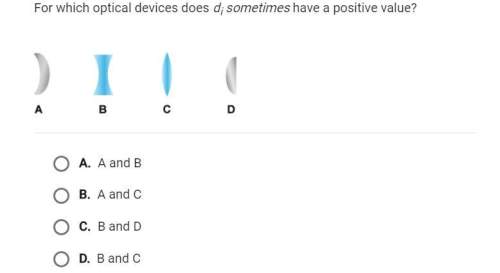
Physics, 20.10.2020 03:01 alflores27p91de1
Background
This design project focuses on the development of an assistive device while being guided by the steps of
the engineering design process (EDP). Assistive devices come in many different types and forms for
many different needs. In the context of this activity, make it clear to students that an assistive device is
something a person would use because of having a disability, not just because she may want to use the
device. Assistive devices are intended to improve the quality of disabled persons' lives. This project
specifically focuses on a disability of the hand resulting in a fine motor skill deficiency.
The project is structured to follow the basic steps of the EDP: identify the problem, research the problem,
develop possible solutions, select the best solution, build a prototype, test the prototype, communicate the
results, redesign.
Materials List
For this activity you will use the materials below for your design. Review the materials before you
design/ develop your TWO solutions.

Answers: 2


Other questions on the subject: Physics


Physics, 22.06.2019 12:00, angelamirga332
Asolid round steel rod 6.25 mm in diameter and 375 mm long is rigidly bonded to the end of solid square brass rod 25 mm on a side and 300 mm long. the geometric axes of the bare are along the same line. an axial tensile force of 5.4 kn is applied at the extreme ends of the assembly. for steel e = 200 gpa and for brass e = 90 gpa. determine the total elongation for the assembly.
Answers: 1

Physics, 22.06.2019 19:40, rileybaby34
Uranium has two naturally occurring isotopes. 238u has a natural abundance of 99.3% and 235u has an abundance of 0.7%. it is the rarer 235u that is needed for nuclear reactors. the isotopes are separated by forming uranium hexafluoride uf6, which is a gas, then allowing it to diffuse through a series of porous membranes. 235uf6 has a slightly larger rms speed than 238uf6 and diffuses slightly faster. many repetitions of this procedure gradually separate the two isotopes. what is the ratio of the rms speed of 235uf6 to that of 238uf6? express your answer to five significant figures.
Answers: 3

Physics, 23.06.2019 00:20, bighoneypadrick
An object with a mass of 1.5 kg changes its velocity from + 15 m/s to +22 m/s during a time interval of 3.5 seconds. what impulse was delivered to the objects?
Answers: 2
You know the right answer?
Background
This design project focuses on the development of an assistive device while being guided...
Questions in other subjects:

Computers and Technology, 01.06.2021 07:10

English, 01.06.2021 07:10



Biology, 01.06.2021 07:10








